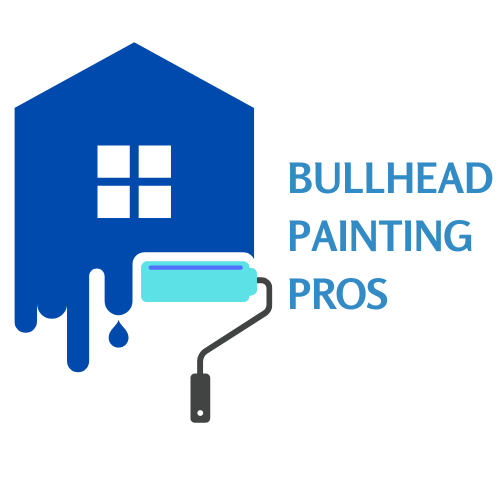Common Mistakes of DIY Painters
DIY painting endeavors can be fulfilling, but they're not without their pitfalls. Here are some typical blunders, along with suggestions to sidestep them:
Insufficient Surface Preparation: Mistake: Neglecting to adequately clean and prep surfaces before painting. Tip: Ensure surfaces are thoroughly cleaned, patched, and sanded for a smooth finish.
Skipping Primer: Mistake: Forgoing the use of primer before painting. Tip: Always use primer to enhance paint adhesion and achieve an even finish, particularly on new or bare surfaces.
Lack of Proper Protection: Mistake: Failing to safeguard floors, furniture, and nearby items. Tip: Utilize drop cloths, plastic sheets, and painter's tape to shield surfaces from spills or splatters.
Overlooking Repairs: Mistake: Painting over existing damage without addressing it first. Tip: Prioritize fixing cracks, holes, or other imperfections before painting to ensure a flawless result.
Poor Color Choice: Mistake: Selecting paint colors without considering factors like lighting or room size. Tip: Test paint colors in small patches and contemplate their compatibility with the room's natural light and existing color scheme.
Hastening the Process: Mistake: Rushing through the project. Tip: Take your time and allow each coat of paint to dry thoroughly to avoid uneven coverage or a subpar finish.
Incorrect Tools: Mistake: Using inappropriate brushes or rollers for the paint or surface. Tip: Choose the right tools tailored to the paint type and surface for optimal results.
Inadequate Ventilation: Mistake: Painting in poorly ventilated areas. Tip: Ensure proper airflow by opening windows and doors to dissipate paint fumes and expedite drying.
Disregarding Weather Conditions: Mistake: Painting in extreme temperatures or high humidity. Tip: Adhere to manufacturer guidelines regarding temperature and humidity to prevent adverse effects on drying times and finish quality.
Incomplete Paint Mixing: Mistake: Failing to thoroughly mix paint before application. Tip: Stir paint well before starting and periodically during the project to maintain consistent color and sheen.
Remember, successful DIY painting hinges on patience and meticulousness. By adequately preparing and avoiding these common missteps, you can achieve a more polished and gratifying outcome. If your DIY project falls short of expectations, don't hesitate to enlist our professional assistance! Give us a call or fill out the form on our homepage for expert guidance.

